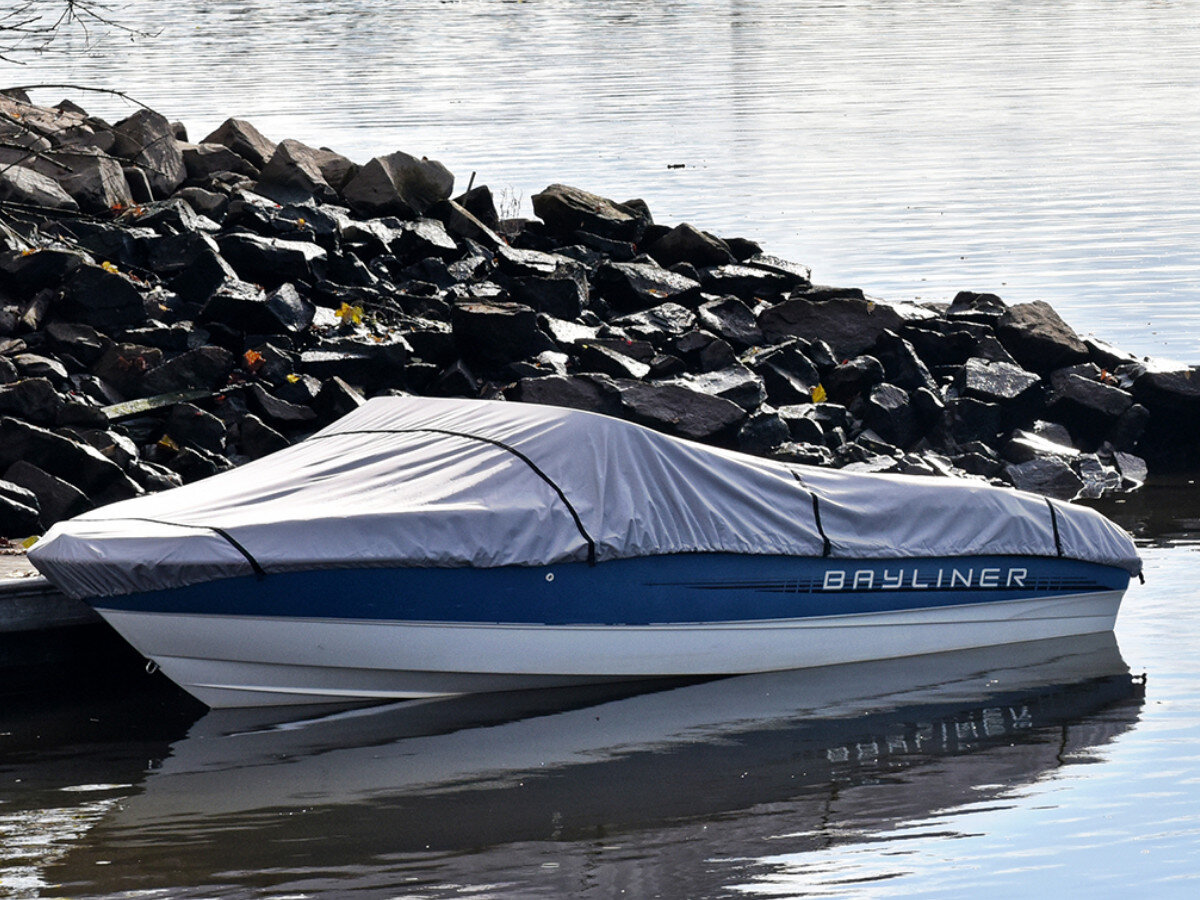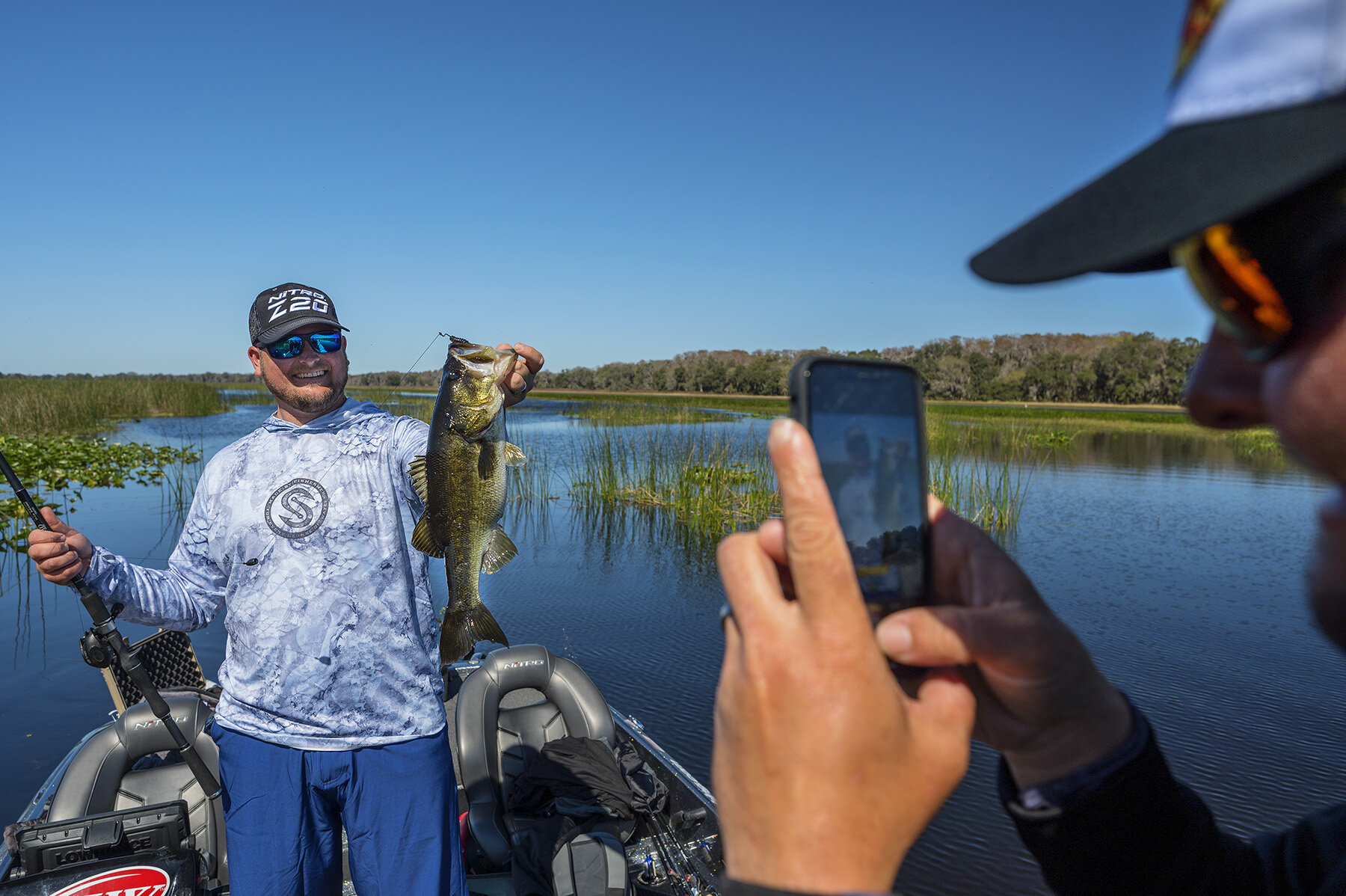Three For Spring
/Question: "What is better to use for spring [bass] fishing- a Texas-rig, crankbait or a topwater? -Jimmie
Answer:
Great question! To begin with, the short answer is………..it depends.
I know that's not the easy answer we both would like, but as with everything that has to do with fishing there are so many variables (part of the country, type of lake, most common cover/structure, type of forage, and so on…) that there is no single answer for that question.
What I can do is break the question down and describe what situations each of the three types of lures excel in during the spring.
Texas Rig- Mr. Versatility
Texas rigs are great all year, but are very effective during the spring.
If I were absolutely forced to pick one of the three, it'd probably be the Texas-rig because it can be used in so many conditions, but still, it shines under particular circumstances.
First off, let's define the term Texas rig so we are on the same page:
The term "Texas-rig" describes a broad spectrum of ways to rig a soft plastic lure so it is weedless. For this article, when I talk about a "Texas-rig" I'm referring to rig with a sliding bullet sinker, or weightless.
Ok, now that we know what we are talking about, let's break down what the Texas Rig is good at.
Just like any other lure, or technique, the Texas Rig has its niche. Since it is essentially just a way to make a lure weedless, the situations it excels is around cover.
If your lake has lots of grass, wood, or brush, a Texas Rig is a good choice.
In the spring, fish are generally going to be roaming the shallows looking for suitable spawning sites, or are feeding heavily. If you are on a lake that has a lot of visible cover in the shallows, and the water is starting to warm to spawning temps (62-68 degrees) then this is a perfect opportunity to cast a Texas-rigged soft plastic.
During the spring, I like to use two different types of soft plastics for Texas-rigging: a stick bait, and a creature bait.
Stick baits, like a Zman Zinkers, are excellent for when you are casting to isolated cover, especially in clearer water. I like to fish them weightless, with a 4/0 extra-wide gap hook, like a TK110, and just try to make long casts to the cover, and just let it fall all the way to the bottom on a semi-slack line. Once it hits the bottom, I might lift it up once or twice more, but I will then just reel it in and cast to the next piece of cover. The type of line and rod/reel set up I use will vary depending on the type of cover. If the cover is really light, I might use a 7' MH fast-action spinning rod with 10lb test Vicious 100% Fluorocarbon, or if it is really heavy, I might be going to a 7' MH fast-action baitcasting rod, with line as heavy as 17lb test Fluoro. Whatever tackle you need to use, just make sure you fish this bait slow.
Now, my second choice is going to be a creature bait, like a Zman CreatureZ, rigged with between a 1/4oz or 3/8oz weight. If the fish are holding really tight to grass, or brush, this Texas rigged bait will work great. Essentially, you just want cast, pitch, or flip as close to the cover as possible and slowly hop the bait a couple times, reel in, and cast to the next piece of cover. During the spring animals like turtles, salamanders, bluegill, crayfish love to raid bass nests for eggs-which as you can imagine doesn't go over well with the bass- so trying different types of creature baits (including craws) to imitate those pesky nest bandits can really generate some bites from irritable Mama and Papa bass.
Crankbait- The Rock N' Rollers and The Weed Whackers
If you are fishing a lake that doesn't have much cover in it, but it is absolutely full of rocks, then a small shallow diving square bill crankbait might be the ticket for you. Particularly around marinas, or big bays, that are surrounded by rip-rap, square bill cranks can really catch a lot of fish. If it is a little early for the fish to be on beds, I like to fish rip-rap that is close to the spawning pockets, but when the fish start to bed, look for rocks on the spawning flats, and hit them with the crankbait- you'll be surprised how many fish will destroy one of those things!
Another spring-time crankbait that gets the nod is a lipless crank. If your lake is around 55-degrees to 62-degrees and it has submerged grass that only grows to a few feet below the surface, than a lipless crankbait is a great choice! These are baits that work really well around grass, and you actually want to hit the grass with them, and then rip them out. I like to use 50lb Vicious Braid sometimes with this technique so I can rip the bait out of the grass and make sure the hooks come out clean. I like to use a high-speed baitcaster with a longer rod (7'+) with a good flexible tip but also with a good amount of backbone. When it comes to color, I usually stick with shad colors, like a sexy shad color, but if you live in the southern, or southwestern, parts of the country, red is a very effective color in the spring. Experiment with both colors to see which one works well in your region.
Topwater-
Topwaters are arguably the most exciting genre of lures out there. I mean, who wouldn't love a topwater plug getting annihilated by a big bass? I'm no different, I love topwater fishing, but like any type of fishing, there are certain baits that tend to excel at certain times. In the spring, fish are cruising up shallow, and this is a perfect scenario to throw lures like pop-r's, prop baits, buzzbaits.
Pop-R's- When it comes to imitating a nest-raiding bluegill, there are few lures that imitate them more effectively than a pop-r style lure. These lures have a concave nose that spits, and makes a popping sound when retrieved correctly. If I am fishing around any visible cover, like flooded bushes, or lay downs, I like to fish pop-r's. Make sure when you fish this lure that you fish it slowly and take your time. I use 12-15-pound Vicious Mono, on a short baitcasting rod for this bait.
Prop Baits- Prop Baits are topwater lures that have one, or two, small props placed on the tail and the nose of the bait. These baits are perfect for working grass edges, as their small props will lightly spray water, mimicking small distressed baitfish. I like to vary the retrieve, but mostly it's a pull-and-stop retrieve that gets the most bites. I fish these with a similar setup as Pop-R's.
Topwaters can be very effective lures for catching bass cruising shallow. This prop-bait is an excellent choice around grass edges.
Buzzbaits- Buzzbaits are excellent lures for covering water in lakes with lots of shallow cover. They are also very simple, and a straight retrieve is very effective. Make long casts to cover and bring it right beside the cover, hitting the cover if you can to entice a reaction strike. I like a high-speed baitcaster spooled with 15-20-pound Vicious Mono, and I like a 7'+ MH rod since this is a power-fishing tactic.

















